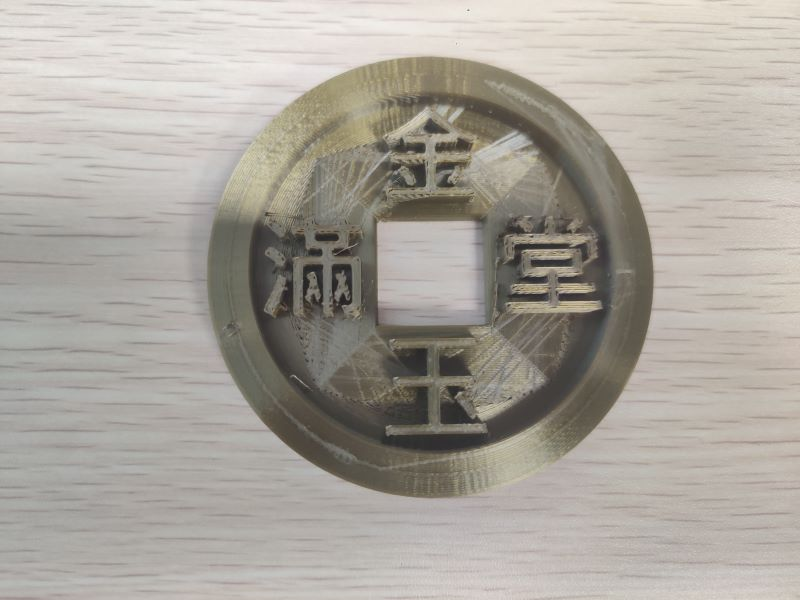WHAT’S THE ISSUE?
When finishing the print, you will find some lines appear on the top layers of the model, usually diagonal from one side to the other.
POSSIBLE CAUSES
∙ Unexpected Extrusion
∙ Nozzle Scratching
∙ Printing Path not Appropriate
TROUBLESHOOTING TIPS
Unexpected Extrusion
In some case, the nozzle will overly extrude the filament, which will cause the nozzle to produce thicker scars than expected when the nozzle moving on the surface of the model, or drag the filament to an unexcepted place.
COMBING
The combing function in slicing software can keep the nozzle above the printed area of the model, and this can reduce the need of retraction. Though Combing can increase the print speed, it will make some scar left on the model. Switch it off can improve the problem but it takes more time to print.
RETRACTION
In order to let the scars not left on top layers, you can try to increase the distance and speed of the retraction to decrease the leakage of filament.
CHECK THE EXTRUSION
Adjust the flow rate according to your own printer. In Cura, you can adjust the flow rate of filament under “Material” setting. Reduce the flow rate by 5%, then test your printer with a cube model to see whether the filament is extruded correctly.
NOZZLE TEMPERATURE
High-quality filament usually prints in larger temperature range. But if the filament has been placed in a period of time where is moist or in the sun, the tolerance may be reduced and cause leakage. In this case, try to lower the nozzle temperature by 5℃ to see if the problem improved.
increase the speed
Another way is to increase the print speed, so that the time of extrusion can be reduced and avoid over-extrusion.
Nozzle Scratching
If the nozzle doesn’t raise high enough after finishing the print, it will scratch the surface when it moves.
Z-LIFT
There is a setting called “Z-Hope When Retraction” in Cura. After enable this setting, the nozzle will lift high enough from the surface of the print before moving to the new place, then descend when reach to the print position. However, this setting only works with the retraction setting enable.
Raise the nozzle after printing
If the nozzle returns to zero directly after printing, the model may be scratched during movement. Setting the end G-Code in slicing software can solve this problem. Adding the G1 command to raise the nozzle for a distance immediately after printing, and then zeroing. This can avoid the scratching problem.
Printing Path Not Appropriate
If there is a problem with the path planning, it may cause the nozzle to have an unnecessary movement path, resulting scratches or scars on the surface on the model.
CHANGE SLICE SOFTWARE
Different slice software has different algorithms to plan the nozzle’s movement. If you find that the movement path of the model is not appropriate, you can try another slicing software to slice.
Post time: Jan-04-2021

